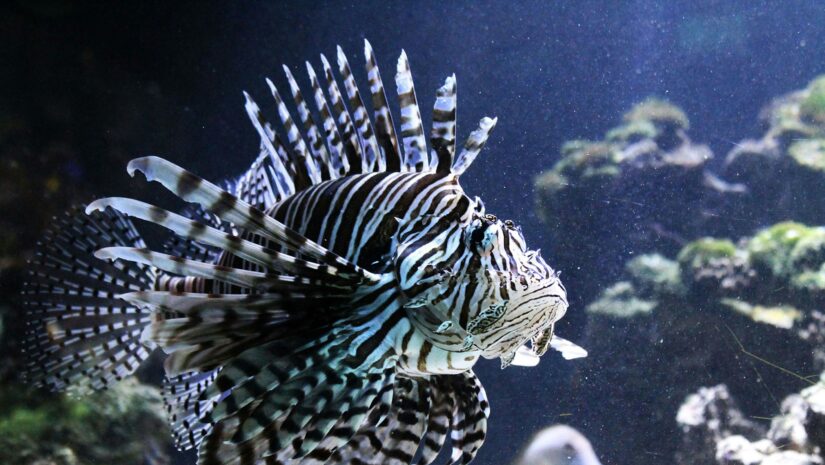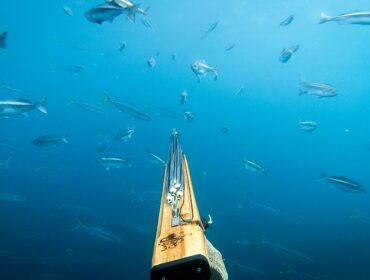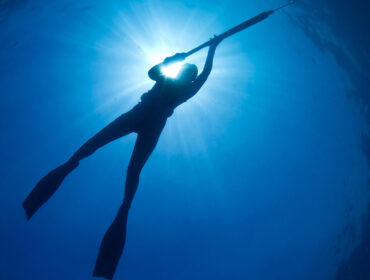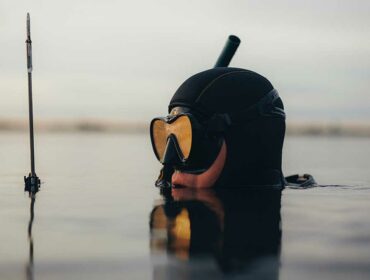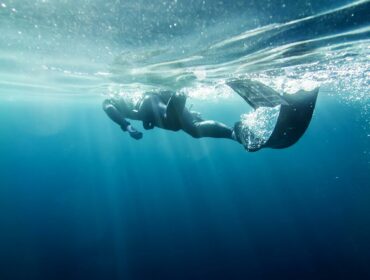Lionfish hunting equipment is your trusty dusty arsenal when fighting to save the reefs. Lionfish are spiny, stripy invaders that have creeped as far as New York, wreaking so much havoc on marine ecosystems. With no natural predators, their population exploded. So, they feast on native fish and throw the delicate balance of the ocean into chaos. But here’s the twist: lionfish may be ruthless hunters, but they’re also slow and completely unaware that you are about to turn the tables.
What is lionfish hunting?
It is done to protect delicate reef ecosystems against lionfish. Wanna be a part of it? Well, the journey starts with understanding both the threat and the techniques required to combat it.
Lionfish are non-native predators that shamelessly wreak havoc on marine life. So, with learning lionfish hunting, you’re actively contributing to the restoration of our oceans. The process involves careful maneuvering, safe handling of venomous spines, and a deep respect for the underwater world.
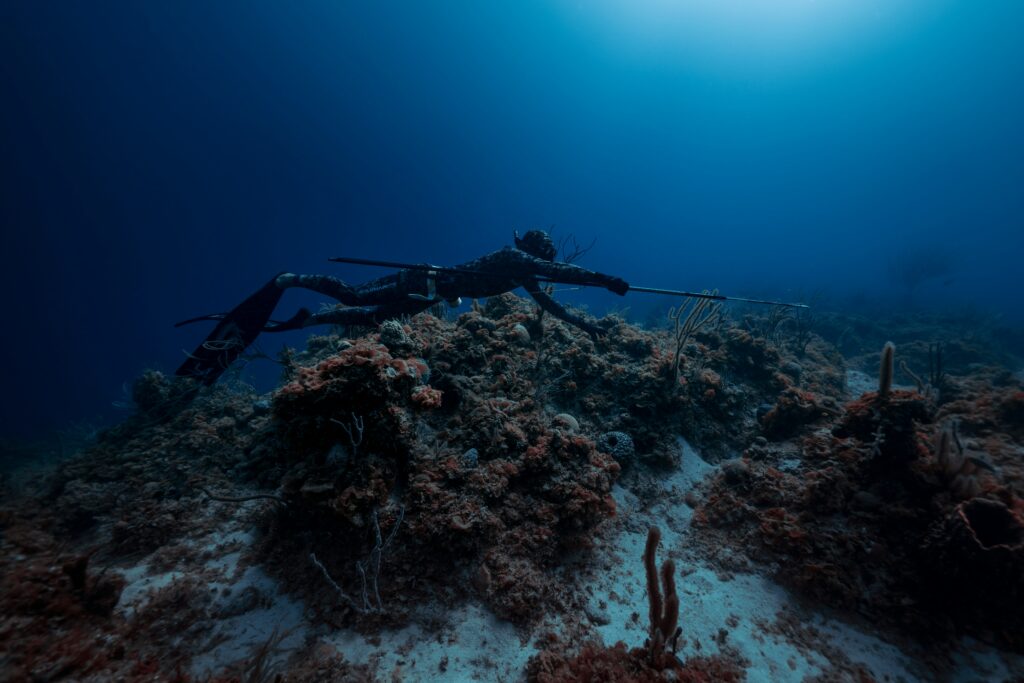
Lobster League spearfishing gloves
Nothing beats the protection and precision of the Lobster League Spearfishing Gloves. Laced with high-impact Dyneema and Kevlar, they feature a high cut level A5 rating for extra protection. The nitrile foam coating enhances grip in all conditions, while the flexible, form-fitting design ensures superior comfort.
A seamless liner, flexible PVC impact pods, and a reinforced thumb crotch work together to keep your hands safe and nimble. Plus, the secure industrial velcro strap offers a perfect fit, and the low-linting design keeps your hands as clean as your dive log.
Ideal for diving, lobstering, spearfishing, and fishing, these gloves are a must-have in your lionfish hunting equipment kit.
Trident lionfish polespear
No more clunky, oversized spears. The Trident lionfish polespear is a small and compact spear that redefines efficiency underwater. Available in three lengths (20″, 28″, or 36″), its lightweight fiberglass design ensures that you’re not weighed down as you pursue your slippery quarry.
The durable latex sling secures your grip, making it a breeze to wield even in the most challenging conditions. With a thread size of 6mm and a multi-prong bared point, this polespear is engineered specifically for lionfish. It’s easy to use, intuitive in design, and a crucial component in any effective lionfish hunting equipment arsenal.
Essential lionfish catch bag
Unlike a standard bag, a lionfish-specific catch bag is designed to keep the venomous spines safely tucked away once your target is secured. This not only minimizes the risk of injury while ascending but also streamlines the storage process.
They’re typically lightweight, with minimal drag and a design that prevents snagging on coral. In any comprehensive kit of lionfish hunting equipment, this bag ensures every catch is handled with care.
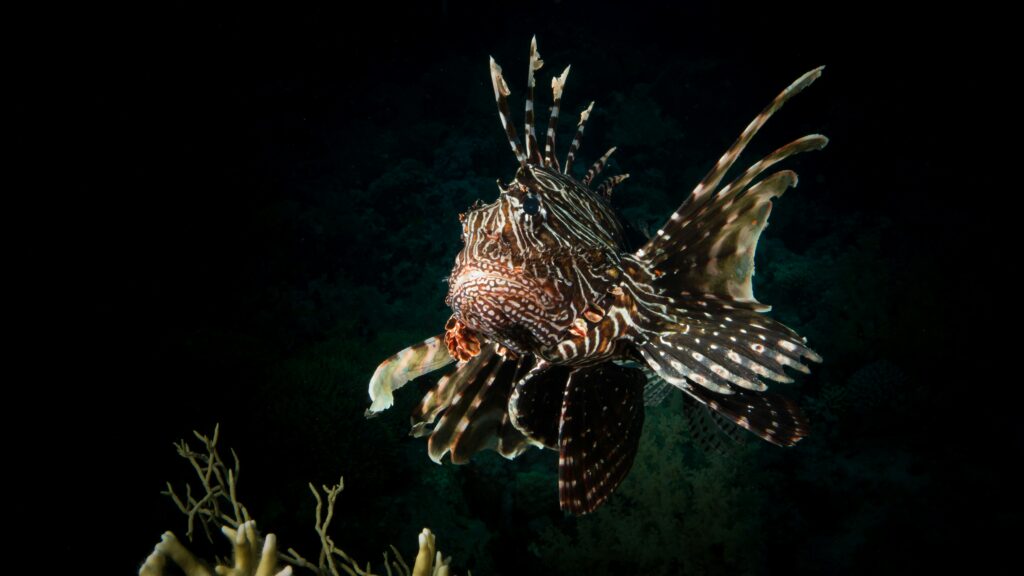
Lionfish hunting techniques
Hunting lionfish is an art, a science, and a game of strategy. They’re invasive predators who may not have the speed to escape. However, they’re way too good at lurking in hard-to-reach spots. What do they have to protect themselves? Well, they have their venomous spines. That’s why success in lionfish hunting isn’t just about having the right lionfish hunting gear — it’s about knowing the right techniques.
- The slow and steady approach: Lionfish rely on their venomous spines for defense. So, instead of rushing in, take your time. Move deliberately, keeping your body still while only shifting your fins slightly. Approach from below or the side — never from above, as this can startle them. Once you’re within range, aim carefully and strike with precision.
- The herding trick: Lionfish love to tuck themselves into crevices and overhangs, making them tricky to reach. That’s where herding comes in. Use a second spear or even your hand (gloved, of course!) to gently guide them into a better position. By blocking one escape route, you can subtly direct them toward an open area where you have a clear shot.
- The art of the “quick kill”: A poorly executed shot can leave them struggling, which is neither humane nor efficient. The goal is a clean, instant kill. The best placement? Right behind the eyes, aiming for the brain. This ensures they don’t suffer and keeps them from thrashing, which can make handling them dangerous.
Embracing the mission
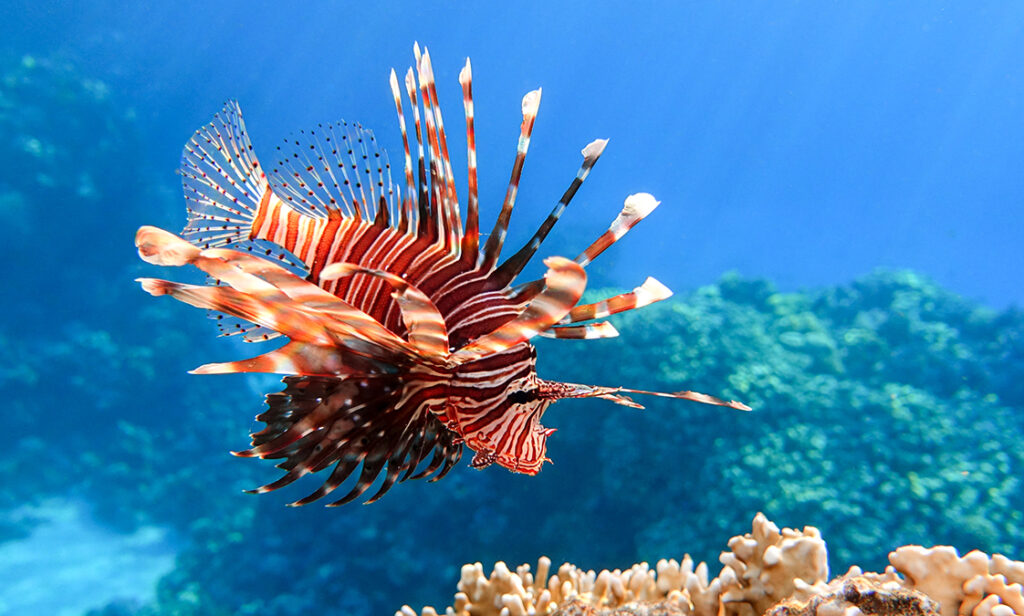
As highlighted by seasoned lionfish divers and experts, this practice plays a big role in protecting reef ecosystems from invasive predators. Every dive offers a chance to refine techniques such as careful maneuvering, precise targeting, and safe handling of these venomous creatures. This blend of strategy and conservation makes each expedition a rewarding endeavor that benefits both the hunter and the environment.
Learning to hunt lionfish is also about community and shared knowledge. Expert divers encourage newcomers to study effective techniques, often shared through online guides and dive community forums. Beginners are advised to study well on practical tips — from understanding lionfish behavior to selecting the best gear.

